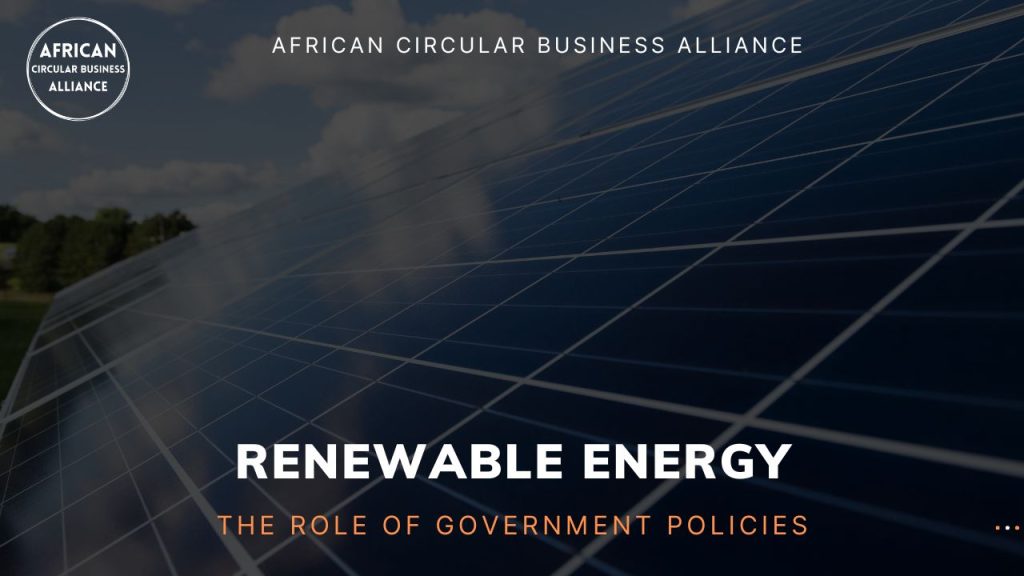
Renewable energy is gaining momentum worldwide as a viable and sustainable alternative to fossil fuels. Governments play a crucial role in promoting the use of renewable energy sources by creating policies that encourage investment, development, and adoption of renewable energy technologies. In this article, we will explore the role of government policies in promoting renewable energy and their impact on the global transition to a low-carbon economy.
1. Incentivizing Renewable Energy Investments
One of the key roles of government policies is to incentivize renewable energy investments. Governments can provide tax credits, grants, and subsidies to companies that invest in renewable energy sources. These incentives can help to reduce the initial costs of building renewable energy infrastructure, which can be a significant barrier to entry for many companies. Additionally, governments can establish feed-in tariffs, which require utilities to purchase electricity from renewable energy sources at a fixed rate, ensuring a stable revenue stream for renewable energy projects.
2. Setting Renewable Energy Targets
Governments can set renewable energy targets to encourage the development and adoption of renewable energy technologies. These targets can be either voluntary or mandatory, depending on the government’s preference. By setting targets, governments can create a sense of urgency and motivate stakeholders to invest in renewable energy projects. For instance, the European Union (EU) has set a target of 32% of its total energy consumption to be generated from renewable energy sources by 2030.
3. Creating Renewable Energy Standards
Governments can also create renewable energy standards that require a certain percentage of energy to be generated from renewable sources. These standards can apply to utilities or individual companies, and they help to promote the adoption of renewable energy technologies. For example, California has set a target of 60% renewable energy by 2030 and 100% carbon-free electricity by 2045.
4. Research and Development Funding
Government policies can also promote renewable energy research and development (R&D) by providing funding for research institutions and companies. R&D funding can help to reduce the cost of renewable energy technologies, improve their efficiency and reliability, and accelerate their adoption. For example, the US Department of Energy (DOE) provides funding for research and development projects through programs like the Office of Energy Efficiency and Renewable Energy (EERE).
5. Implementing Carbon Pricing in High Polluting Nations/Regions
Carbon pricing is a policy tool that can incentivize companies to reduce their carbon emissions by putting a price on carbon. Governments can implement carbon pricing policies such as carbon taxes or cap-and-trade systems to promote the adoption of renewable energy technologies. By putting a price on carbon emissions, companies have an economic incentive to invest in renewable energy sources to reduce their carbon footprint.
Finally, government policies play a crucial role in promoting renewable energy sources. By incentivizing investments, setting targets, creating standards, funding research and development, and implementing carbon pricing, governments can accelerate the transition to a low-carbon economy. Adopting renewable energy technologies is crucial in mitigating climate change and ensuring a sustainable future for generations to come. It is therefore imperative that governments continue to create policies that promote renewable energy adoption and support the global transition to a sustainable future.
